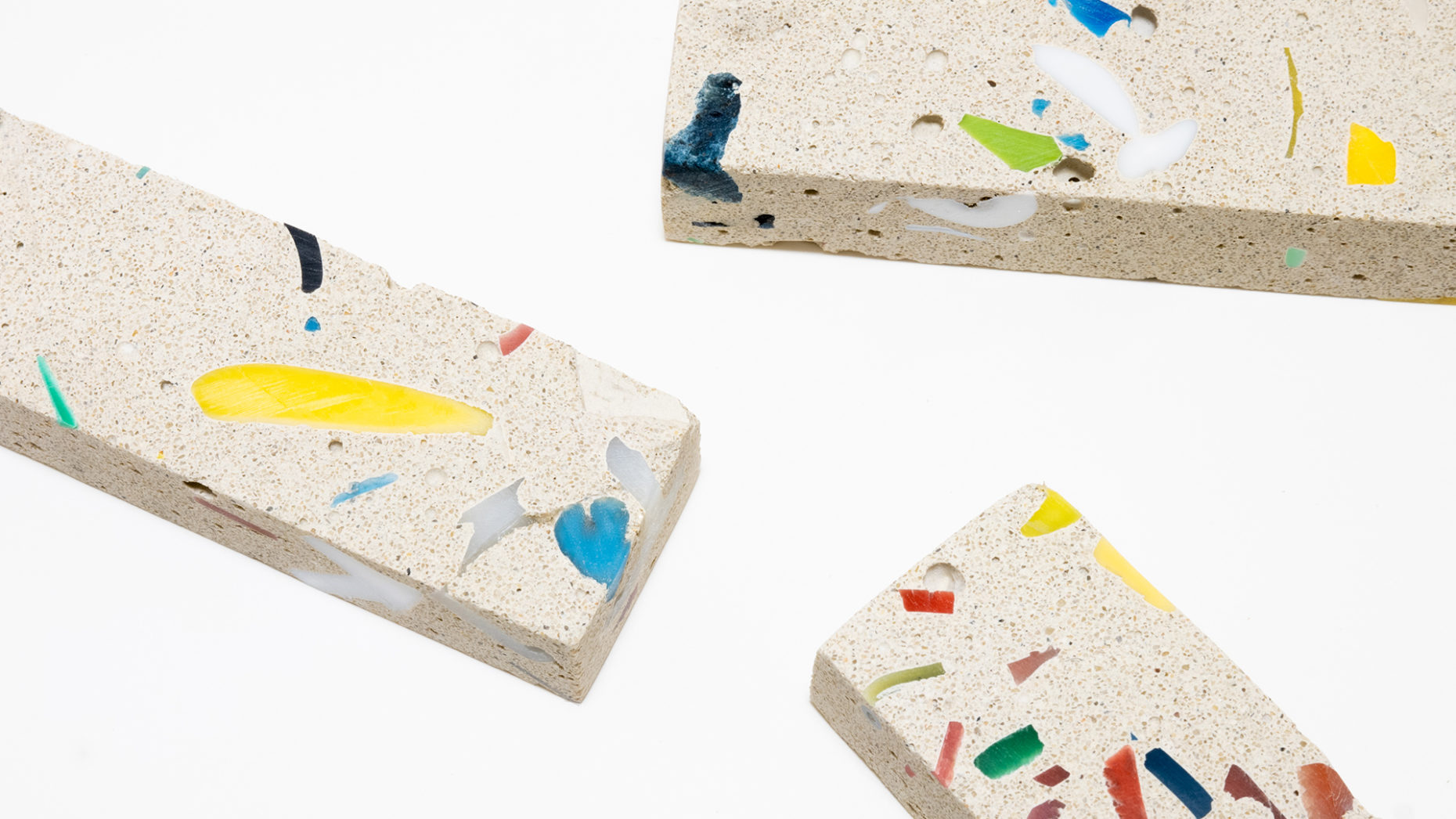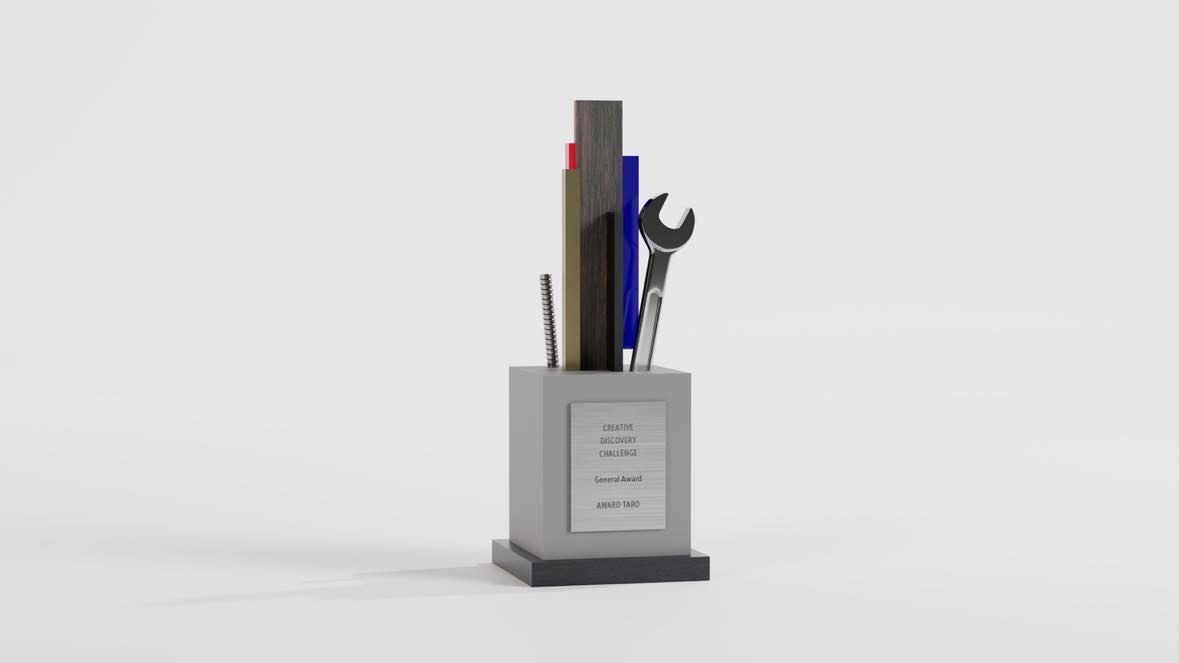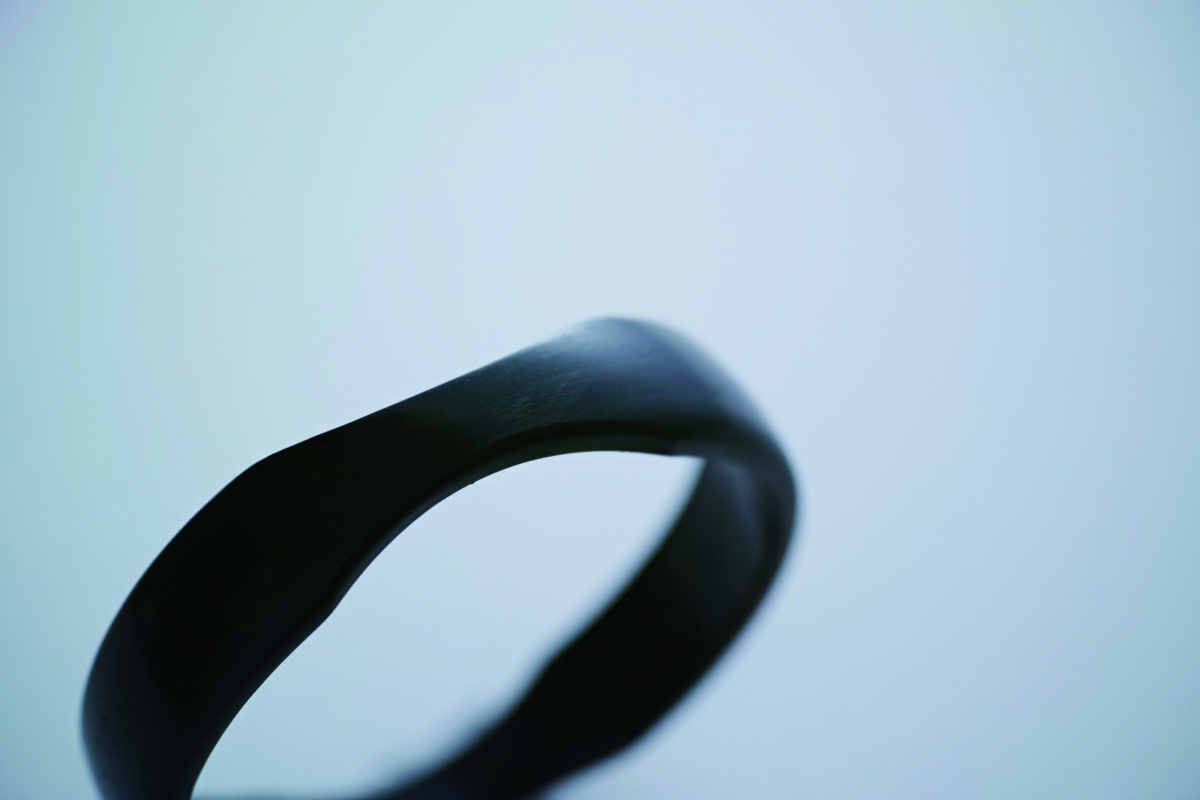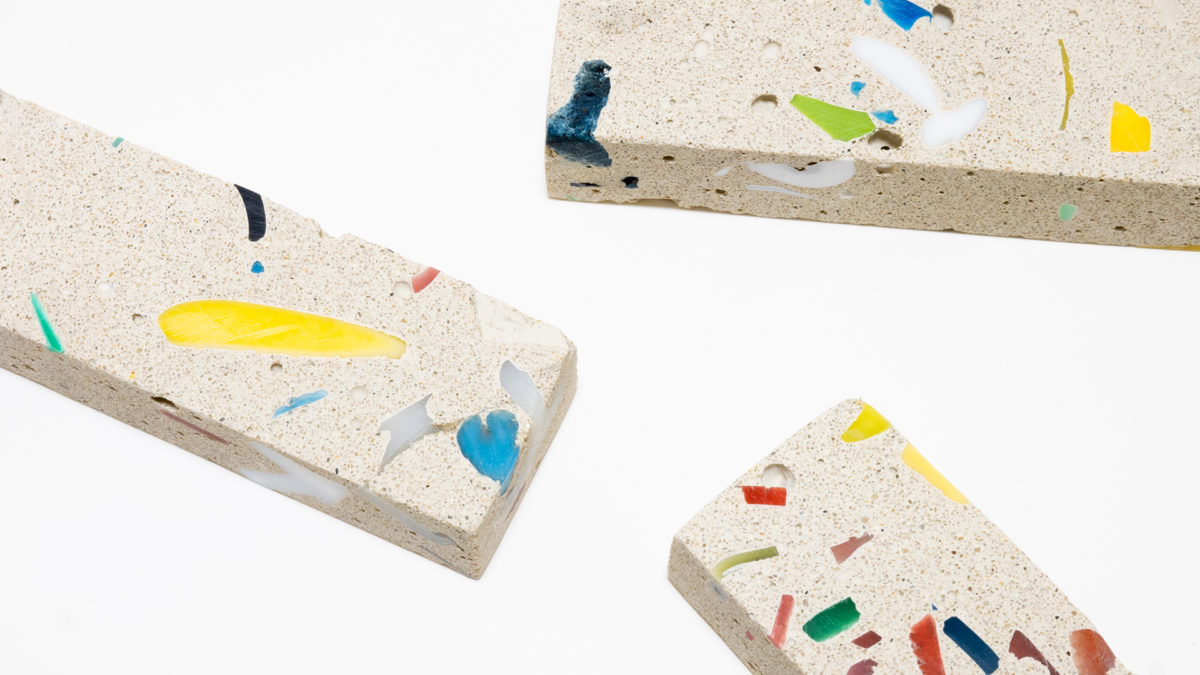Communicative Material
I designed a balance tower game made from upcycled ocean plastic debris, reimagining the traditional game where “stacking blocks higher and higher until they topple signifies loss” with a metaphor reflecting how accumulating trash disrupts the environment.
The game “debris” fosters communal fun while prompting players to engage with marine environmental issues.
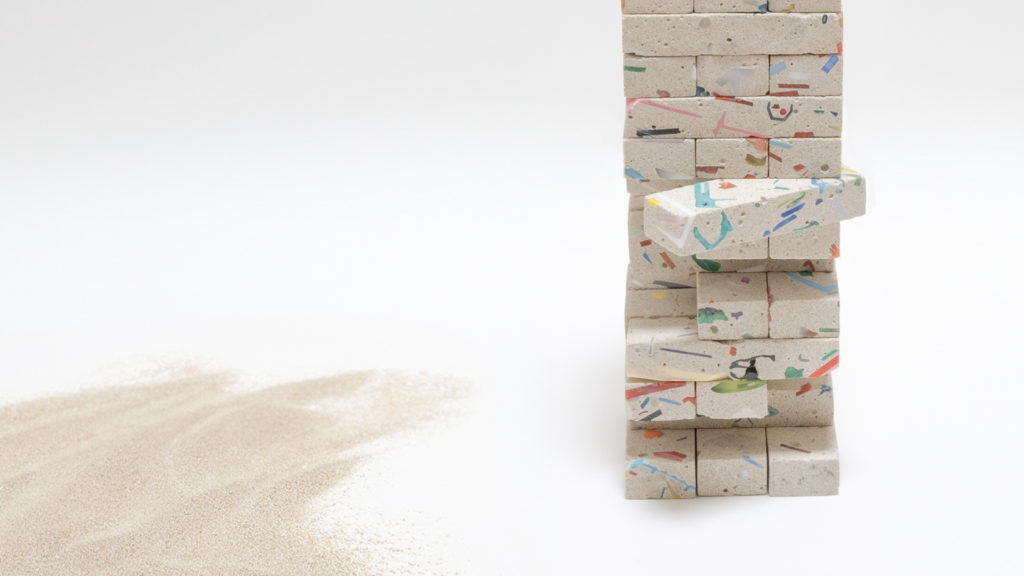
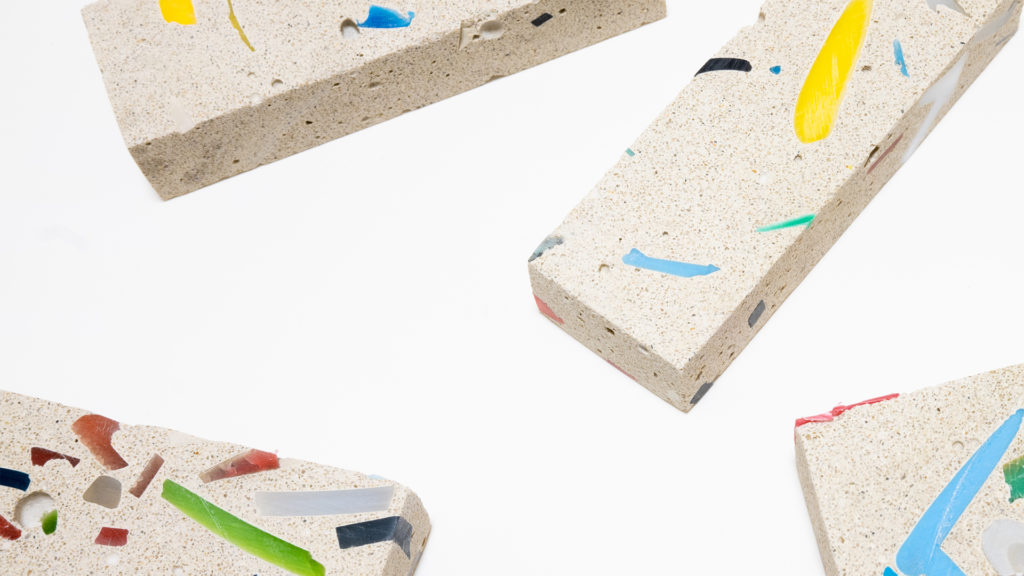
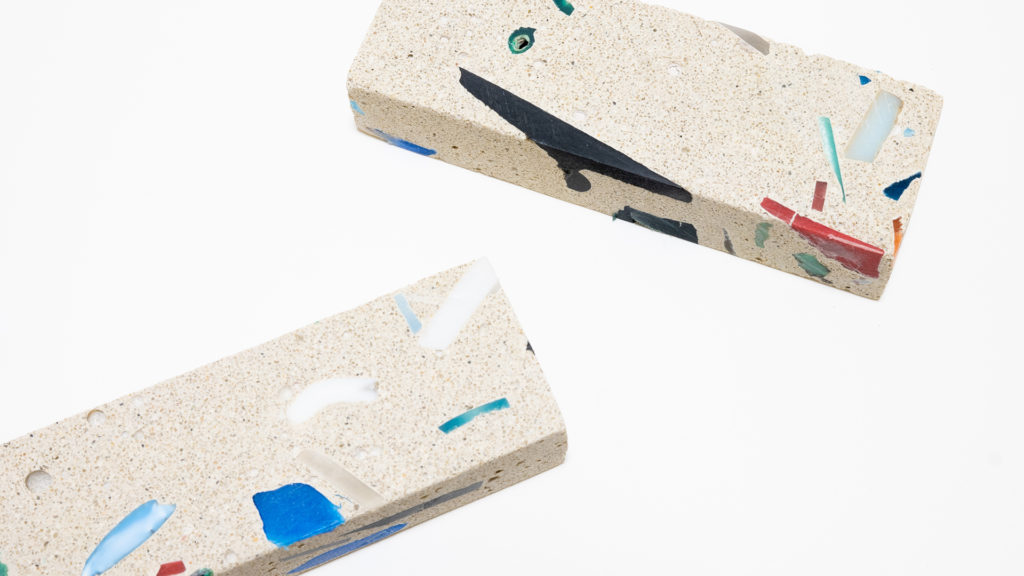
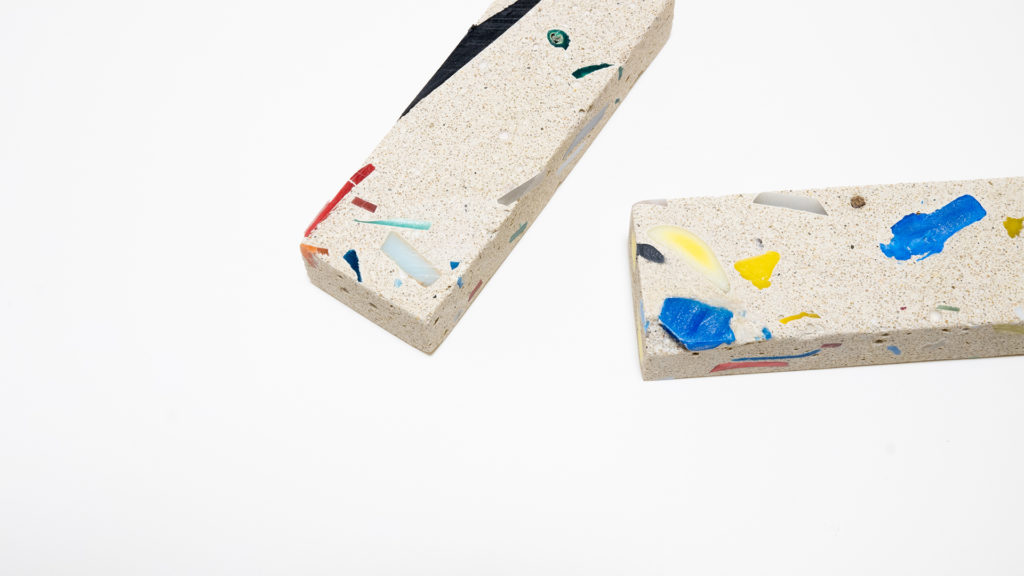
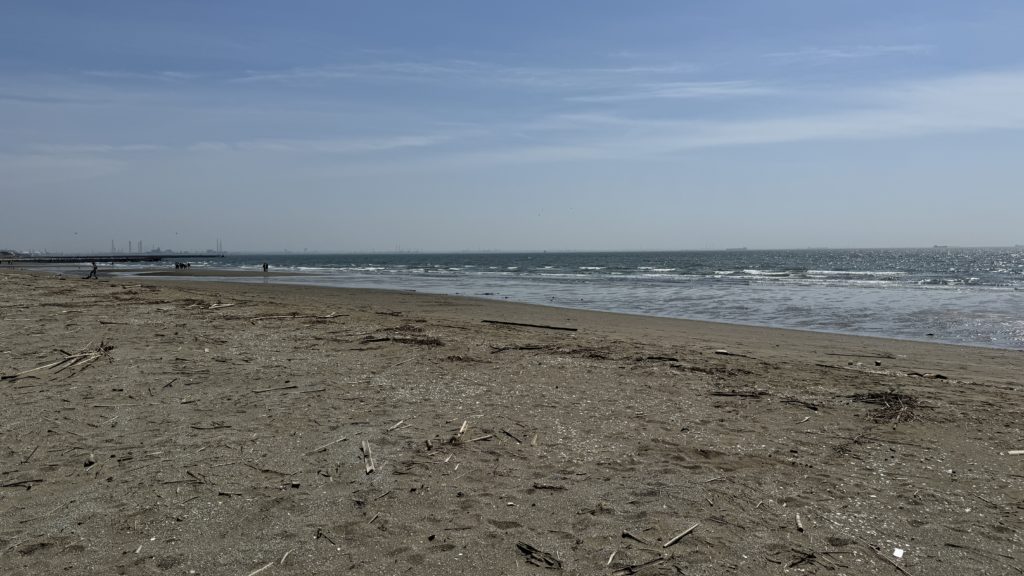
The closest ocean to me, “Makuhari Beach” in Chiba City, Chiba Prefecture, is a man-made coast bustling with visitors from the adjacent baseball stadium, families with children, and fitness enthusiasts, regardless of the day. While it appears clean due to regular volunteer clean-ups and large-scale beach cleaning, my hobby of beachcombing reveals countless tiny pieces of trash (debris) embedded in the sand, overlooked by general cleaning efforts.
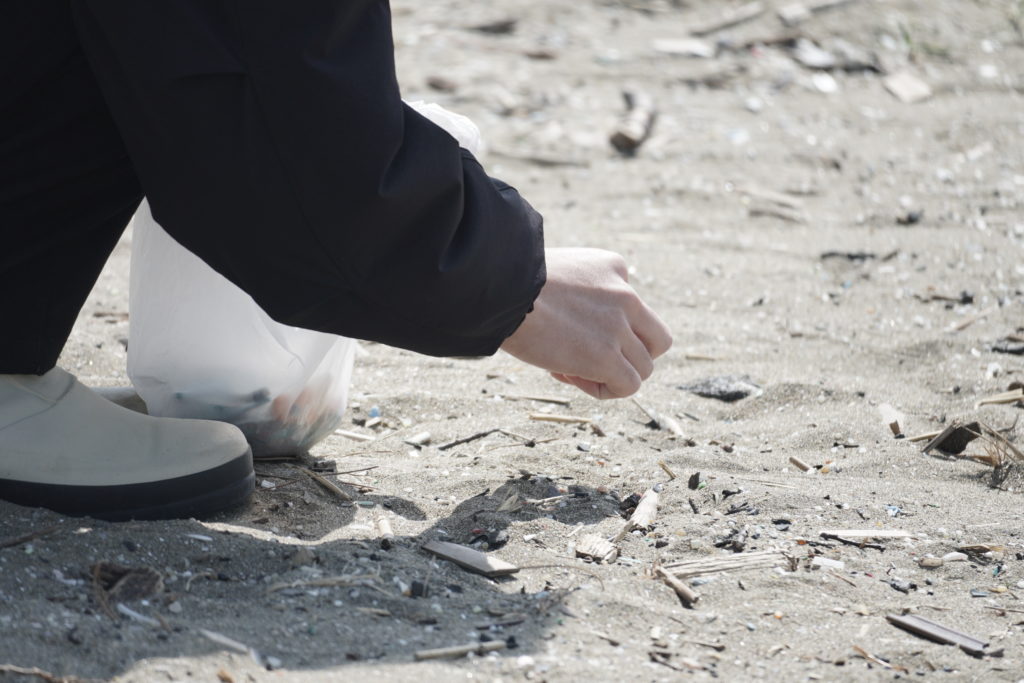
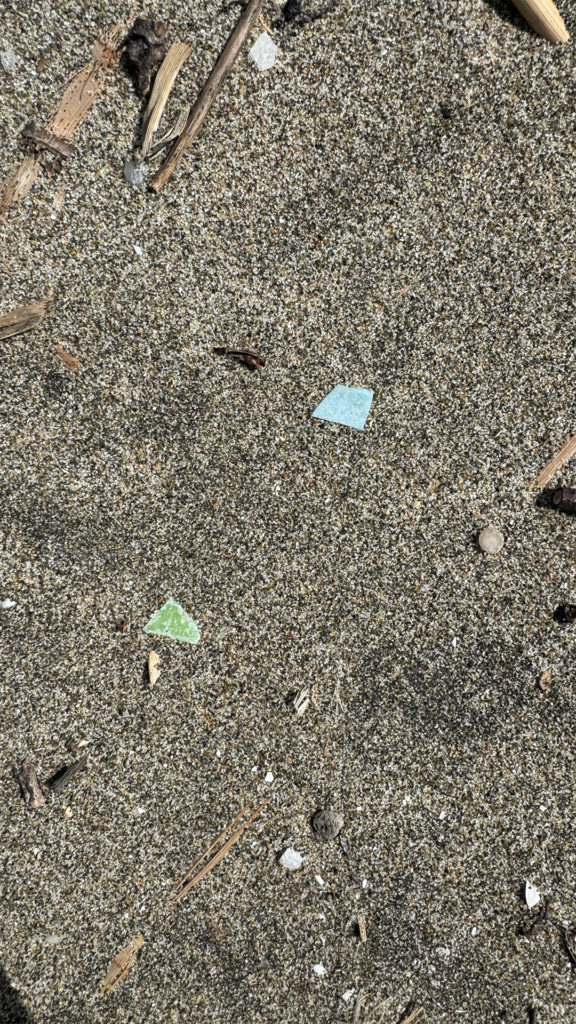
To me, as a beachcomber, weathered trash fragments are collectibles, each with its own story, ranging from children’s toys and parts of character figurines to industrial components, melted resin clumps, fishing gear, and fragments of artificial turf and triangular cones likely carried by the strong winds around Makuhari Beach. The variety of trash colors and their proportions provide insights into the local environment and more.
These minute debris pieces eventually bury into the sand, gradually eroding into invisible microplastics. Although the amount of garbage flowing from beaches constitutes a small fraction of the total waste, the impact of microplastics on the marine environment and our daily lives is considerable, as widely reported in various studies.
As a designer, I believe one way to contribute to resolving this issue is to “communicate” it to those unaware. Many people do not perceive this problem tangibly. This project is a deeply personal endeavor. I designed party accessories that can be enjoyed collectively, using marine plastic collected from “Makuhari Beach” as material. I aimed to subtly communicate the presence of trash without seeming overly educational.
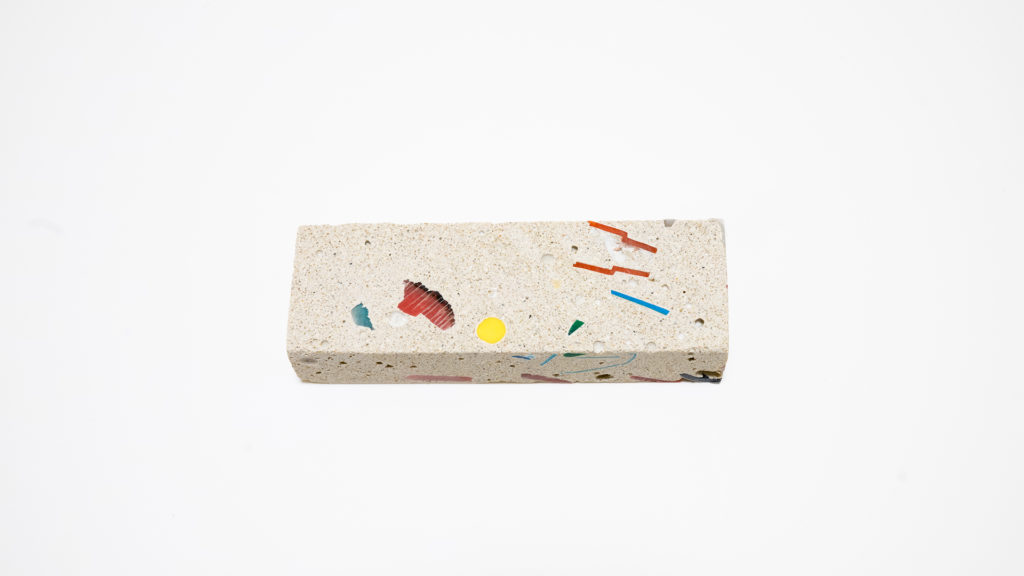
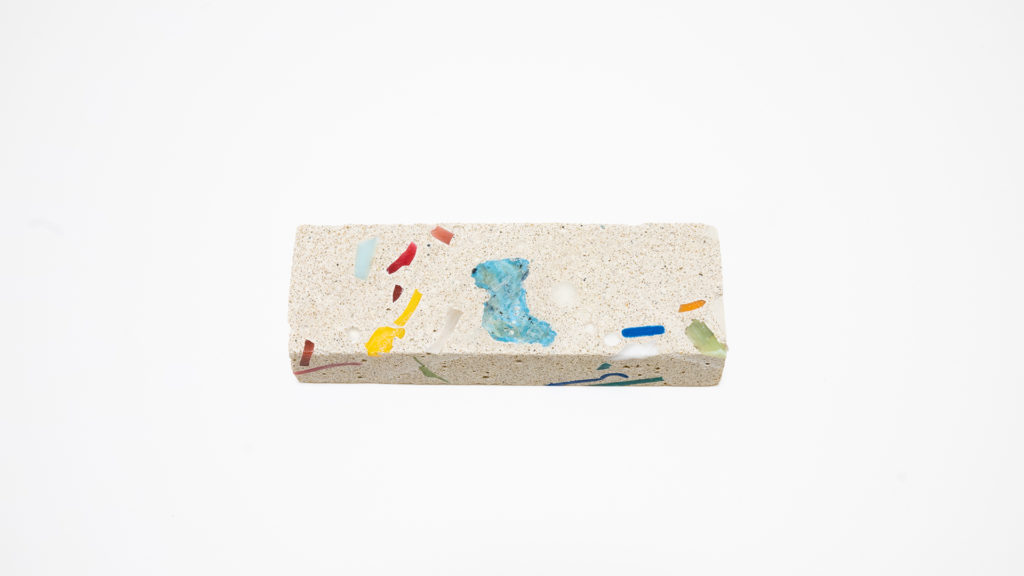
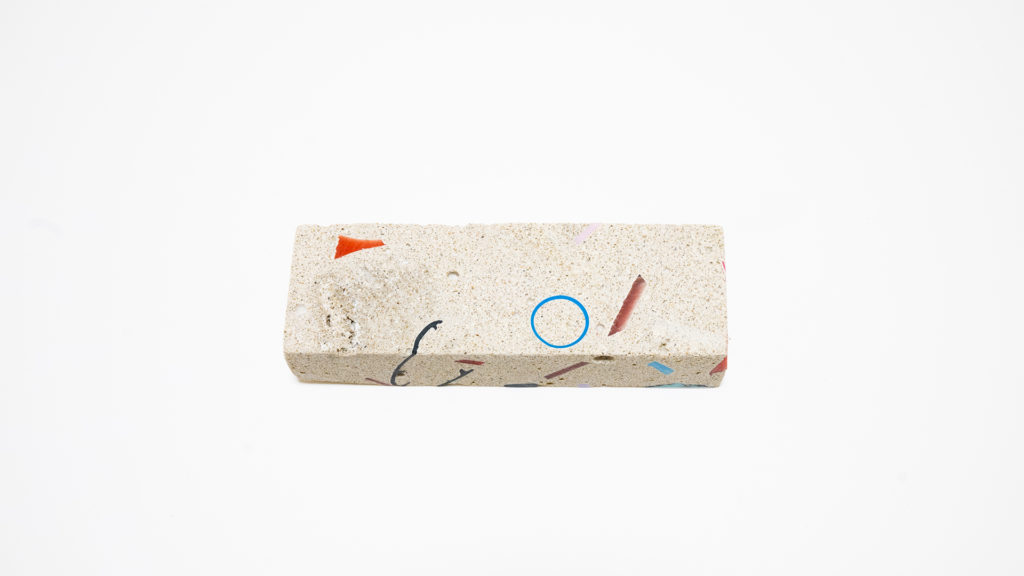
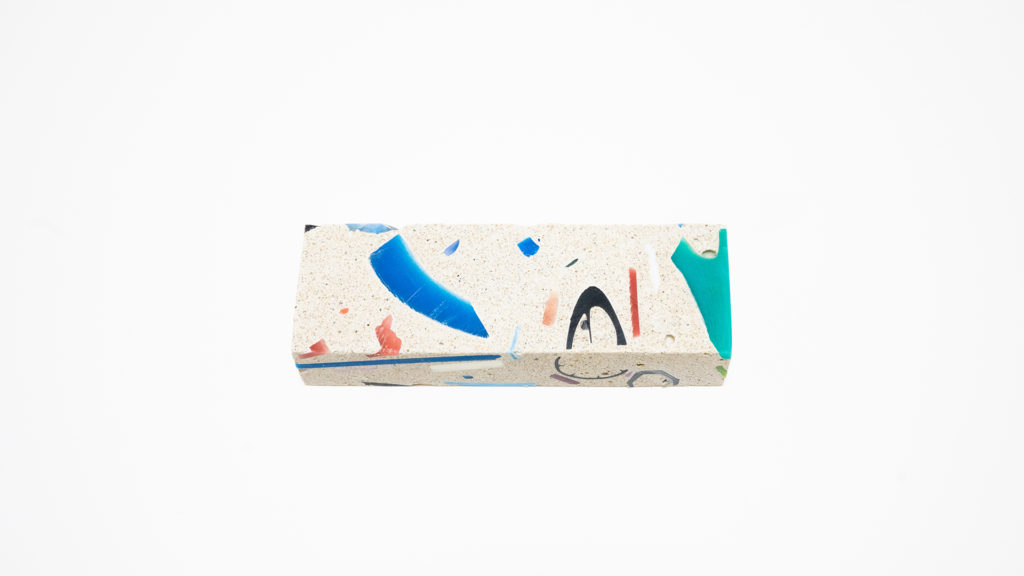
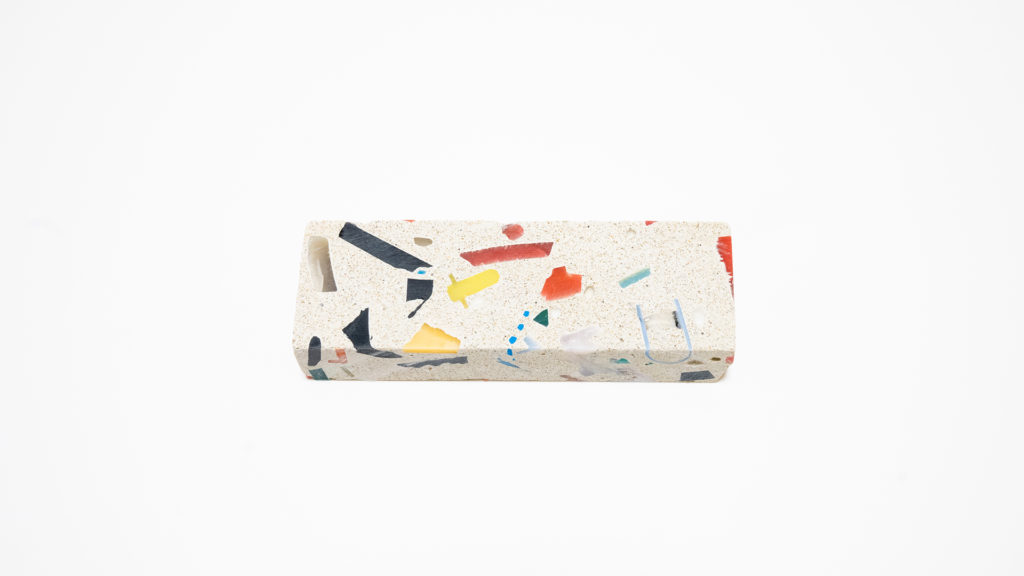
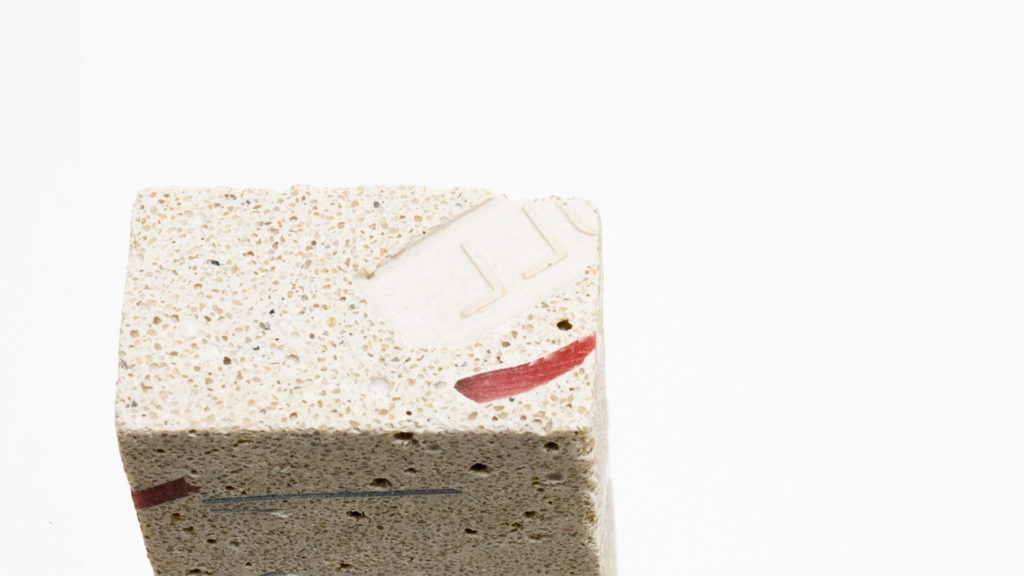
The appearance, resembling a cross-section of buried plastic waste, allows for visual enjoyment of pop patterns and textures created by the resin. The materials’ color patterns vary by the collection site and season, suggesting potential applications beyond just building materials, like in wider decorative uses.
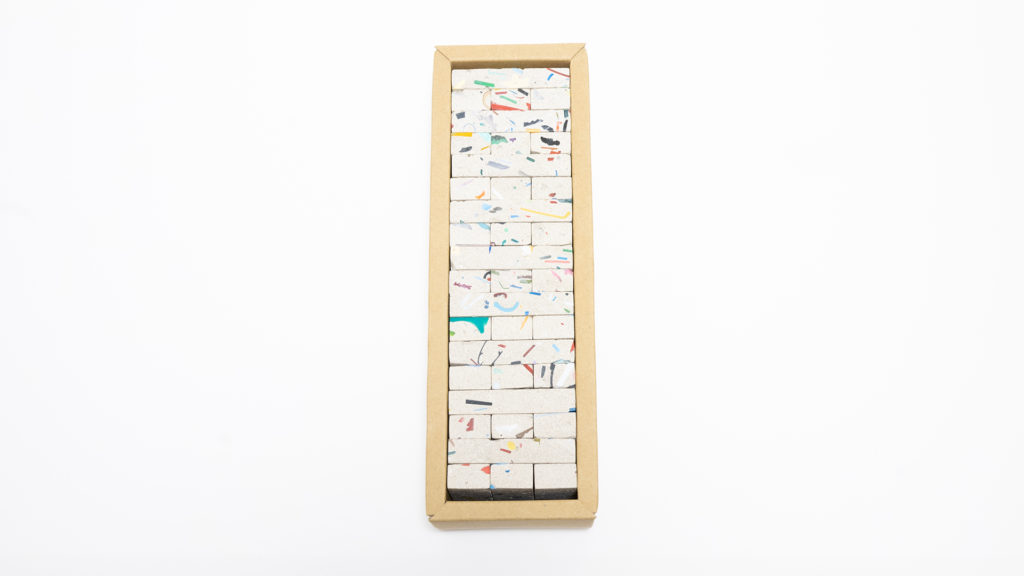
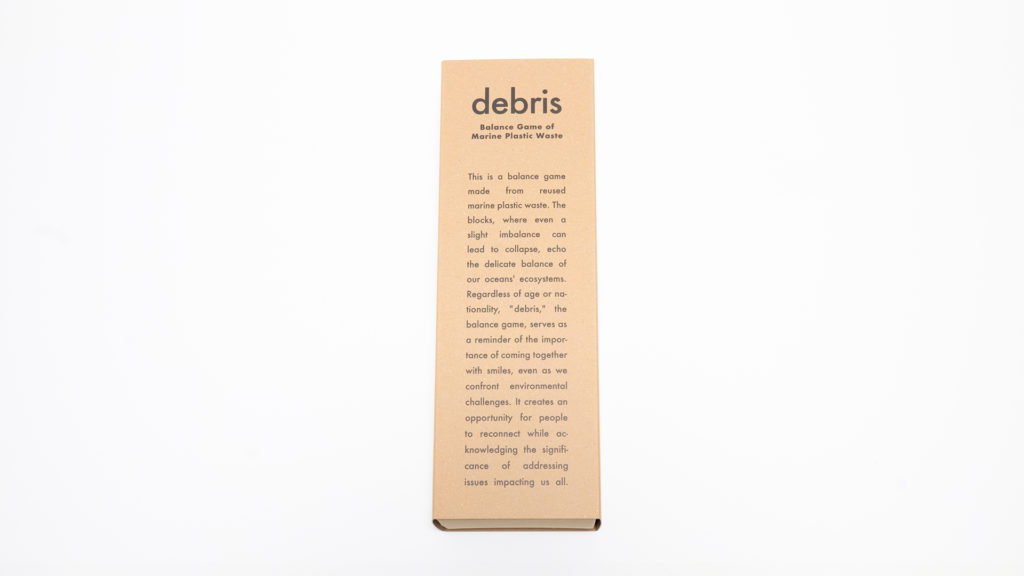
The piece features a simple structure for easy disposal and is created using VOC-free, water-based acrylic resin as a binding agent.
This work was exhibited at the Milan Design Week budbrand AWARD 2024 U-25 exhibition from April 16 to 21, 2024.
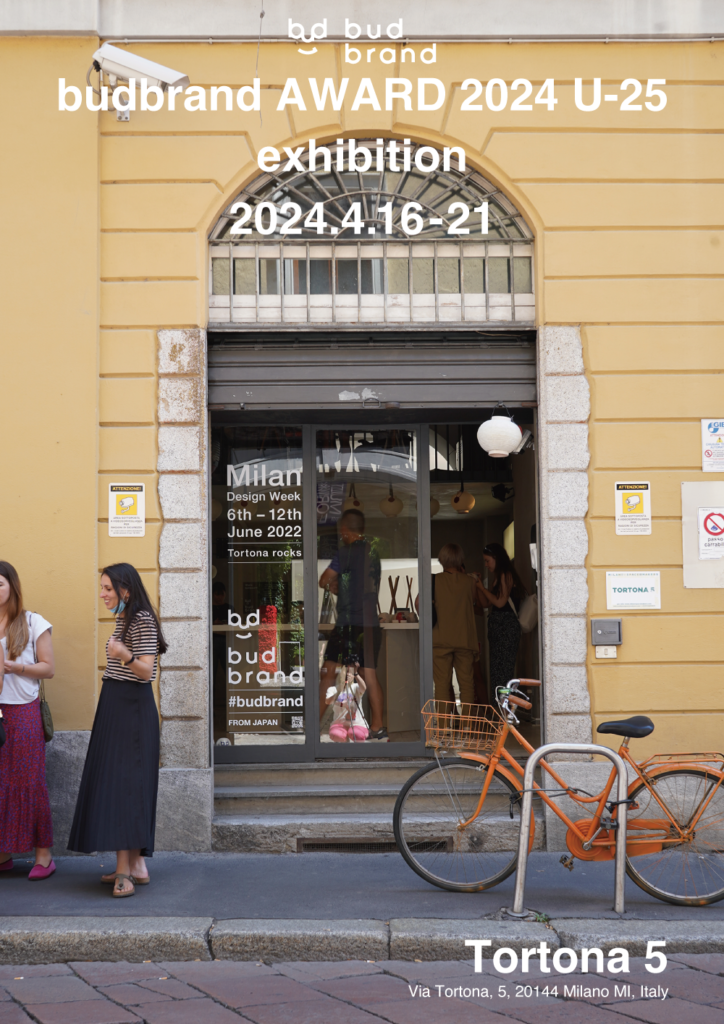
- Collaborative work with Ken Kobayashi
- budbrand AWARD 2024 U-25 Sponsor’s Special Prize
- Milan Design Week budbrand AWARD 2024 U-25 exhibition (April 16–21, 2024 @Tortona 5)
